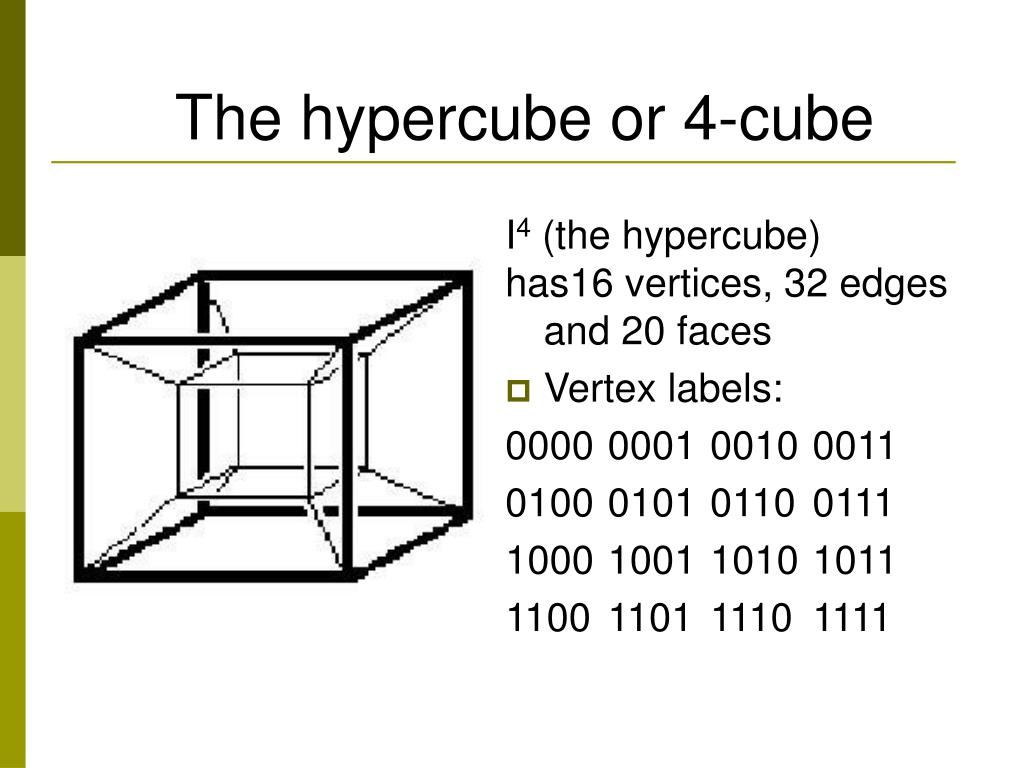

An example of this is the map visualization which contains one hypercube for each map layer. In fact, some visualizations will contain multiple hypercubes. Pretty much every visualization will be based on an object containing a hypercube definition of some form. I will stop here for now, but I'll come back to hypercubes in later posts as this is a very important concept in Qlik Sense. The cells contain values in the same order as the dimensions and measures are defined for the hypercube, so cell position number 0 contains the dimension value and position 1 and 2 contain the measures computed for that dimension. The matrix consists of an array of rows (two in this case), and each row contains an array of cells. Cubes are often referred to as 'hypercubes', as unlike a physical, 3-dimensional cube, a hypercube may have any number of dimensions. A cube is defined by combining a set of dimensions with a set of concepts. The most important part of the returned data is what we find in the property "qMatrix". A multi-dimensional definition of related data synonymous with a business intelligence or data warehousing 'cube'. This system is composed of N 2 n processors that are linked in an n-dimensional binary cube. "qId": "81bac84a-cb6a-48ac-8139-298b6e4913c5", The hypercube is treated to be a loosely coupled system. In that example we created a generic object with the following set of properties: I will start with an extension of the example used in the previous post where we used the "StringExpression" construct to evaluate the sum of sales. And as far as this post goes, it is sufficient to simply think of a hypercube as a table. In Qlik Sense, a hypercube is simply an interface for defining a set of data to extract. For more reading on this (and some fancy animations), Wikipedia provides a good starting point:īut that's all I'll say about mathematics for now. But in mathematical terms, there is no reason why it would not be possible to express higher order cubes, using any number of dimensions. The square is a hypercube of 2 dimensions. The good old cube as we know it is a hypercube of 3 dimensions. The term "hypercube" is a concept taken from mathematics and is a geometric concept denoting a cube of a generic number of dimensions. Doing so is of course not feasible, and this is where the hypercube comes into play. A visualizations would typically have to call that method an enormous amount of times, maybe even millions, in order to fully display a chart. But the obvious downside to this approach is performance. In fact, it would be possible to rely solely on the "Evaluate" method described in Part 2 along with selections to produce any imaginable set of data. It is theoretically possible to use the approach described in Part 3 (where a generic object is used to group evaluations) to extract any information we want from the system.
#Define hypercube how to#
We have in previous posts seen some basic examples of how to perform evaluations in Qlik Sense. The topic of this post is the concept of "hypercubes", which can sound rather intimidating at first, but which is simply a very flexible and convenient way of extracting data from Qlik Sense. Part 3: Let's Dissect the Qlik Engine API - Part 3: Generic Objects.Part 2: Let's Dissect the Qlik Engine API - Part 2: Handles.Part 1: Let's Dissect the Qlik Engine API - Part 1: RPC Basics.
#Define hypercube software#
Papers also reflect shifts in attitudes about data analysis (e.g., less formal hypothesis testing, more fitted models via graphical analysis), and in how important application areas are managed (e.g., quality assurance through robust design rather than detailed inspection).My friend, Øystein Kolsrud - Software Architect at Qlik, is back with part 4 of the Qlik Engine API fundamentals: Hypercubes This includes an emphasis on new statistical approaches to screening, modeling, pattern characterization, and change detection that take advantage of massive computing capabilities. Papers in the journal reflect modern practice. Application of proposed methodology is justified, usually by means of an actual problem in the physical, chemical, or engineering sciences. Its content features papers that describe new statistical techniques, illustrate innovative application of known statistical methods, or review methods, issues, or philosophy in a particular area of statistics or science, when such papers are consistent with the journal's mission. The mission of Technometrics is to contribute to the development and use of statistical methods in the physical, chemical, and engineering sciences.


 0 kommentar(er)
0 kommentar(er)
